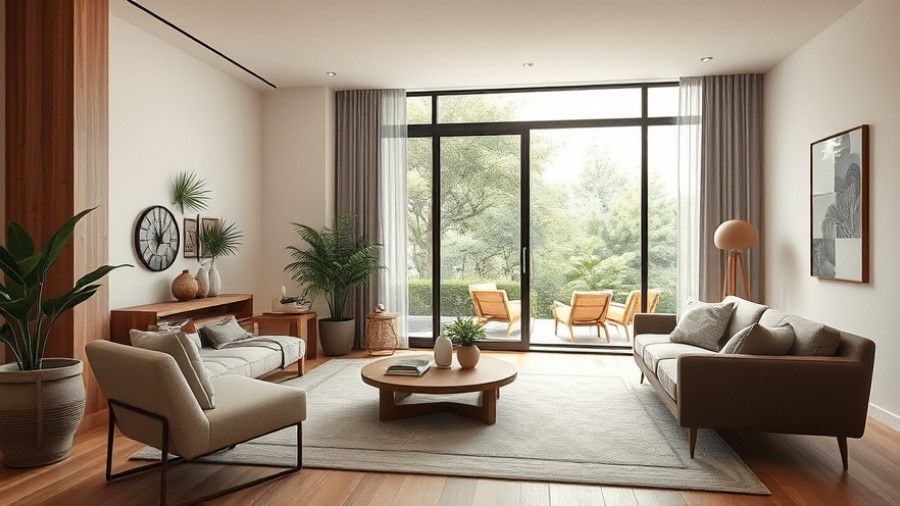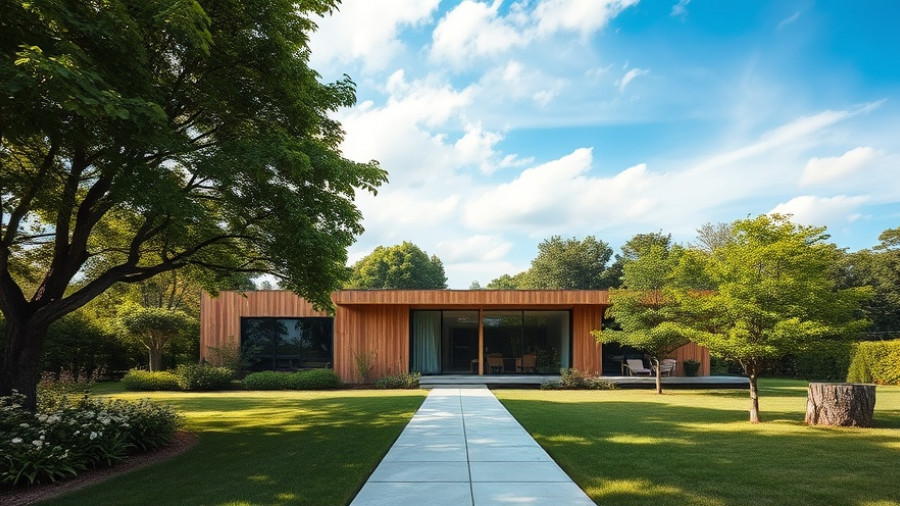
How Modern Technologies Revitalize Classic Wood
Wood has been a staple in construction for millennia, yet it continues to evolve, adapting to modern demands for sustainability and innovation. As architects and designers increasingly focus on building responsibly, the demand for wood has surged. This natural material is a champion of carbon storage—absorbing CO2 as trees grow—making it a prime candidate for environmentally conscious projects. To maximize its potential, contemporary techniques have dramatically transformed wood, expanding its applications in construction and design.
Understanding Engineered Wood
One significant advancement is engineered wood, a category that encompasses construction materials formed by layering and bonding wooden particles through adhesives. These products enhance durability, stability, and dimensional consistency. Engineered wood types, such as Glued Laminated Timber (Glulam) and Cross Laminated Timber (CLT), are now capable of handling heavy structural loads while maintaining aesthetic appeal. For example, CLT is manufactured by alternating layers of wood positioned perpendicularly, similar to plywood, which grants resistance in multiple directions and allows for innovative design in walls and ceilings.
The Science Behind Thermal Modification
Another exciting method is thermal modification, a treatment that significantly enhances wood's properties. By exposing wood to high temperatures, moisture content is nearly eliminated, stabilizing its shape and reducing the chances of deformation. This process not only boosts durability but also enhances wood's resistance to decay, allowing it to fulfill demanding roles in architectural designs.
Bridging Tradition with Modernity
The transformation of wood through innovative processes allows this traditional material to meet contemporary architectural challenges. With advancements like engineered wood and thermal modification, architects and contractors can leverage wood's natural beauty, sustainability, and strength in innovative ways. Understanding these new technologies enables design professionals to access a broader range of materials and insights, ensuring designs that are both beautiful and responsible.
As more industry players—from showrooms to distributors—embrace these innovations, they are poised to influence not just sustainable building practices, but also the future landscape of architecture. For those involved in interior design, architecture, or contracting, staying informed about these developments is essential for crafting spaces that honor tradition while embracing the future.
 Add Row
Add Row  Add
Add 




Write A Comment